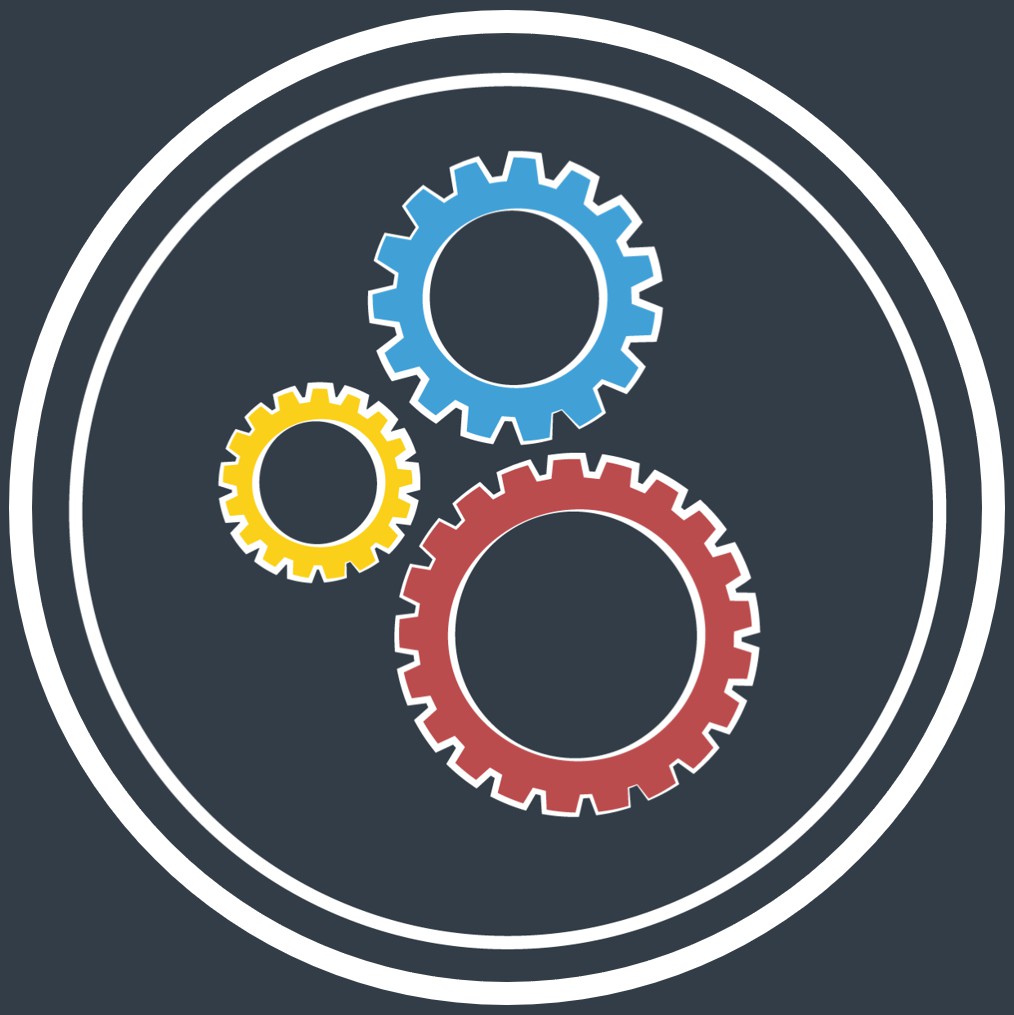5 Traditional Approaches to Burnout

Posted on 21 May 2018
by Issa Coultas
Burnout is taking the professional world by storm. Tags on Twitter such as #burnout and #physicianburnout collect hundreds of posts a day. How do you know you’re burned out? How do you prevent burnout? And most frequently, how do you fix burnout? We see the same approaches again and again. Some requiring more effort than others; some more effective than others. We compiled 5 traditional approaches to burnout and will discuss the pros and cons of each below. But first, here’s some context for why burnout is trending now.
Why is Burnout Awareness Increasing?
Burnout research has been around since the 1970s, but it’s only recently that researchers have widely-circulated a price tag for burnout consequences. In 2005, job stress was estimated to cost the US economy $300 billion annually in sick time, long-term disability, and job turnover. A study on British economy reported a nearly £46 billion annual cost from low productivity and lost working days due to disengaged and unhappy employees. Organizations cannot ignore those financial statistics. More and more frequently, individual professionals are associating with the term “burnout”. Acknowledging your burnout experiences puts a name to the exhaustion, cynicism, and lack of personal accomplishment or confidence at work. Social media has helped professionals share their burnout experiences, creating a strongly-voiced community to influence organizations to intervene in employee well-being. Studies such as research from Harvard School of Public Health shined a larger spotlight on the importance of addressing burnout by reporting that personal consequences from burnout were just as bad for women’s health as smoking and obesity.
Pros & Cons to 5 Traditional Approaches to Burnout
1. Grin and Bear It
This traditional approach is when you wait out the clock and hope for change. It depends on your patience for change and how long you can handle your toxic environment before the more severe and unignorable consequences of burnout occur (such as physical illness, increased feelings of hopelessness, and diminished executive functioning).
Pro: Very low effort on your part.
Con:: No guarantee that anything will change.
2. Get Away From It All
This approach requires you to take time off work to recharge your mental energy. You may choose a “stay-cation” or travel further to have a completely separate experience from your everyday life. You must also “unplug” completely from work - no work emails or phone calls!
Pro: This approach recharges your mental energy which reduces your current experiences with burnout. It also lengthens the amount of time you can handle the toxic work environment in comparison to the “Grin and Bear It” approach.
Con:: Your recharged energy is temporary. Again, there is no guarantee that anything will change - the toxicity in your environment remains and your energy will deplete just as quickly as before. And depending on your work situation, it may be difficult to take time off work every time you feel depleted.
3. Call It Quits
Simply, this approach recommends you change organizations.
Pro: Removes the cause and therefore removes the burnout! This removes you from the toxic work environment and is a great way to reduce your burnout.
Con:: This approach is conditional that your new organization doesn’t have the same (or worse!) toxicity as the organization you are leaving. It may be difficult to find a healthy organization if the problem is pervasive in your job’s work culture. Take a physician for example, can a physician realistically expect one hospital’s work environment to be different enough from another? Or will the physician face the same work life problems because these are ingrained in the culture of the job (think Electronic Health Record systems and policies)?
4. Set Your Mind Straight
This approach encourages you to use psychotherapy to build resilience and learn to cope with your toxic work environment.
Pro: Therapy can help you reduce stress by learning coping strategies and building a confidential support system outside of work. If your burnout is severe, therapy can also help you tackle increased feelings of hopelessness and poor interpersonal relationships with family, coworkers, and other people in your life.
Con:: Resilience and coping tools may not be enough to remedy your burnout. Therapy does not address the toxic environment directly, so you will continue to encounter the same work problems daily.
5. Figure Out What It's All About
The final traditional approach to burnout is taking a step back to clarify the values that are important to you at your job. For human services professionals for example, your most important value may be client/patient personal interaction. This approach tells you to choose an organization that also prioritizes this interaction. It’s important to differentiate the organization that claims to value this versus the organization that actually values this. The organization you choose must actively prove that this value is forefront in their business strategy. If the organization actually prioritizes paperwork or politics over personal interaction, your burnout will not change.
Pro: Individual-organization value congruence is negatively correlated with burnout (negatively correlated to exhaustion, cynicism, and positively correlated to professional efficacy).
Con:: It may be difficult to know what an organization actually values in practice. This approach requires meaningful effort on your part to identify your own job values and then to talk to current employees of the target organization to decide if there is adequate congruence.
Your 3 Options
These 5 traditional burnout approaches can be condensed into two options. You can change yourself (Grin and Bear It, Get Away From It All, Set Your Mind Straight) or change the fit (Call It Quits, Figure Out What It’s All About). Since none of these options directly address your current work environment, we propose a third option: change the work environment. This option requires the most effort from you, your coworkers, and your organization, but offers the most reward.
You will take direct action to improve your current work environment. But how do you know what changes will remedy your burnout? Michael P. Leiter, PhD, and Christina Maslach, PhD, (authors of the Maslach Burnout Inventory™) identified six areas of worklife that contribute to burnout: Workload, Control, Reward, Community, Fairness, and Values. Reflect on these six areas to identify which area may be the root cause of your burnout experience. You can assess your worklife and burnout easily with the Maslach Burnout Toolkit™ Report About Me*.
Once you identify the area of worklife that is a problem, you can develop an action plan to address this area. We highly recommend Leiter and Maslach’s book Banishing Burnout: Six Strategies for Improving Your Relationship with Work to help you create your plan and choose the best intervention for your worklife problem. Their action plan is also included in the Maslach Burnout Toolkit Report About Me.
Areas of Worklife Connected to Burnout
Workload: amount of work to be done in a given time. Workload measures the extent to which work demands spill into one's personal life. It reflects the social, physical, and intellectual burden of work demands.
Control: opportunity to make choices and decisions, to solve problems, and to contribute to the fulfillment of responsibilities. Control is the participation in important decisions about work and the range of professional autonomy.
Reward: financial and social recognition received for contribution on the job. Reward includes praise, awards, perks, and salary.
Community: quality of the social context at work, encompassing relationships with managers, colleagues, subordinates, and customers/clients/patients.
Fairness: extent to which the organization has consistent and equitable rules for everyone, or the quality of justice and respect at work.
Values: what matters to the individual in their work. The focus is the consistency between personal values and the values inherent in the organization.
*The Maslach Burnout Toolkit combines the Maslach Burnout Inventory (MBI) and Areas of Worklife Survey (AWS) to measure burnout with worklife context. The Report About Me is available in four (4) forms. Choose the form appropriate for your profession: for Human Services, for Medical Personnel, for Educators, or for General Use.
Assess your burnout and worklife now! Purchase your Maslach Burnout Toolkit.
Maslach Burnout Toolkit Physician Burnout Solutions #OrgsAgainstBurnout

 SEARCH
SEARCH LOGIN
LOGIN  BLOG
BLOG
 CART
CART